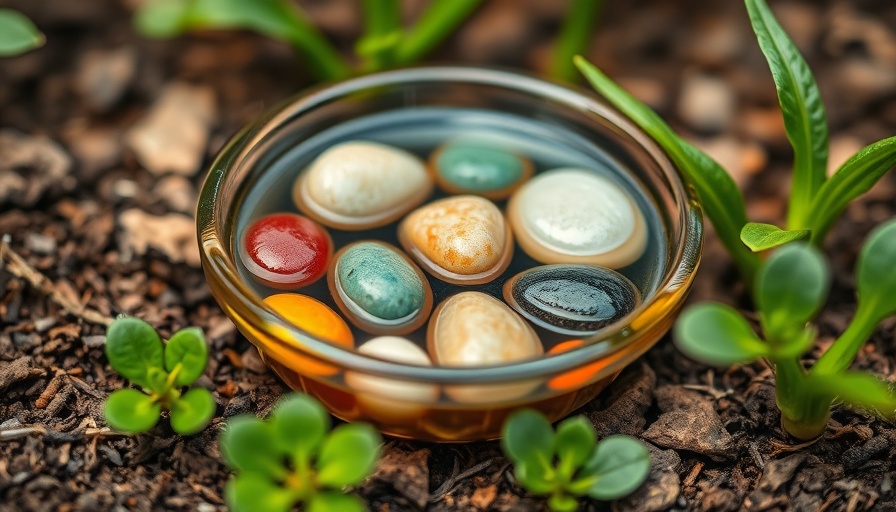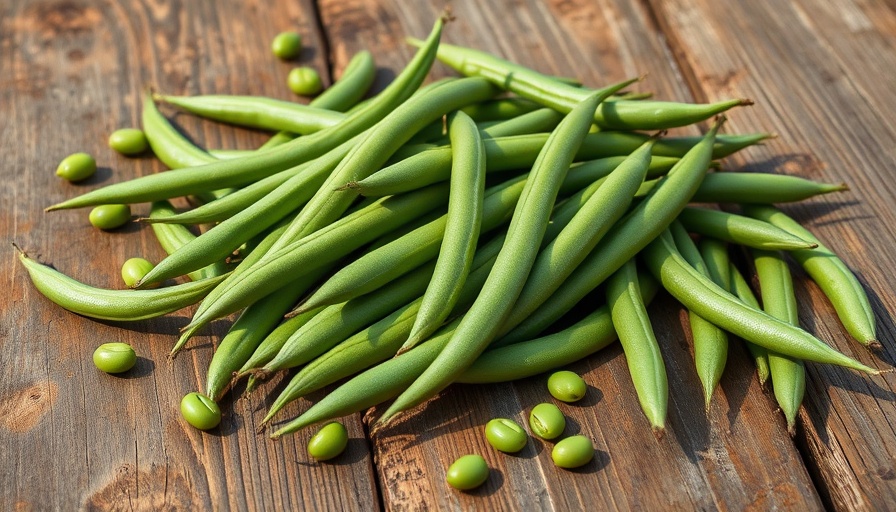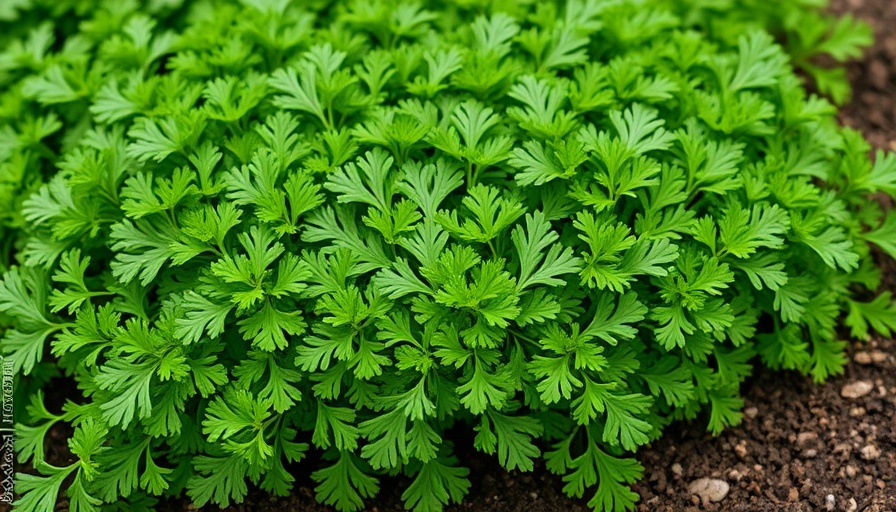
Understanding the Basics of Air Plant Care
Air plants, or Tillandsia, have gained immense popularity among plant enthusiasts for their unique beauty and intriguing growing habits. Unlike traditional houseplants, air plants don’t need soil to thrive. Instead, they absorb moisture and nutrients through their leaves, making them a fascinating addition to any garden. Whether you’re a seasoned plant parent or new to the gardening world, learning how to properly care for these remarkable plants will enhance your home’s natural aesthetic.
Watering Your Air Plants: Best Practices
One of the critical aspects of air plant care is proper watering. Unlike typical houseplants that require soil watering, air plants should be soaked for about 20-30 minutes every week or two. You can use room-temperature water; just ensure that the plants do not stand in water after soaking, as this can lead to rot. During hotter months, you may need to increase the soaking frequency as air plants can dry out quickly.
Fertilizing Air Plants for Optimal Growth
Fertilizing is another essential factor in air plant maintenance. While air plants can obtain some nutrients from the air, periodic fertilization enhances their growth and vibrancy. Using a bromeliad or air plant-specific fertilizer diluted to half strength can boost their growth. Fertilize your air plants once a month during the spring and summer growing seasons. This helps promote blooming in the right conditions, producing striking flowers that can last from a few days to weeks.
The Ideal Environment for Tillandsia
Creating the right environment for your air plants is crucial. They thrive in bright, indirect light, so a spot near a window with filtered sunlight is perfect. However, too much direct sunlight can scorch their leaves. Additionally, maintaining the humidity level is vital; air plants do best in environments that mimic their native tropical habitats. Consider placing a few around the bathroom or kitchen where humidity tends to be higher.
Air Plant Troubleshooting: Common Issues
Like any other plants, air plants can face challenges. If your air plants appear brown and crispy, it may be a sign of too much sun exposure or insufficient watering. Conversely, soft, limp leaves may indicate overwatering. Regularly inspecting your plants will help you to catch potential issues early, ensuring their health and vibrance.
Creative Ways to Display Air Plants
Air plants can also serve as unique decor elements in your garden or home. They can be displayed in various ways, such as terrariums, hanging in glass, or even mounted on driftwood. This versatility adds a delightful charm to your spaces, allowing you to cultivate a garden that reflects your style.
Conclusion: Elevate Your Gardening Game
Integrating air plants into your home and garden can be an enriching experience, adding greenery without much fuss. By applying the watering, fertilizing, and environmental tips mentioned above, you can create a thriving habitat for your Tillandsia. So, embrace the beauty of air plants and transform your living space into a lush oasis.
 Add Row
Add Row  Add
Add 


 Add Row
Add Row  Add
Add 

Write A Comment